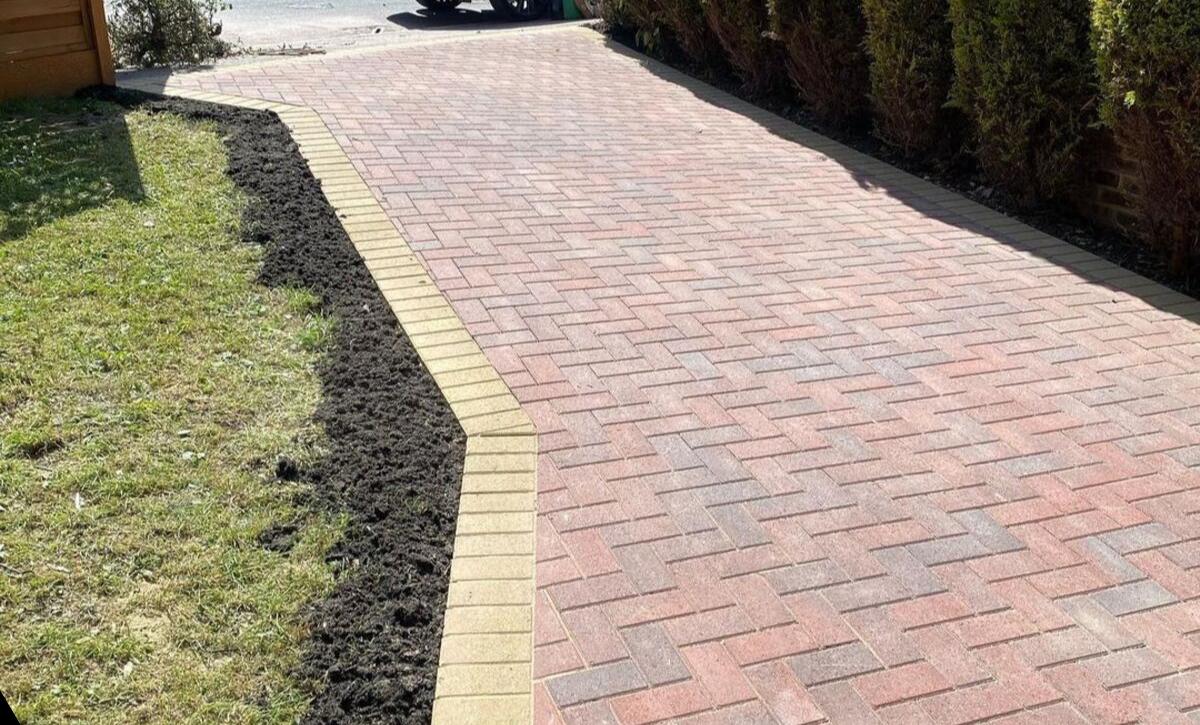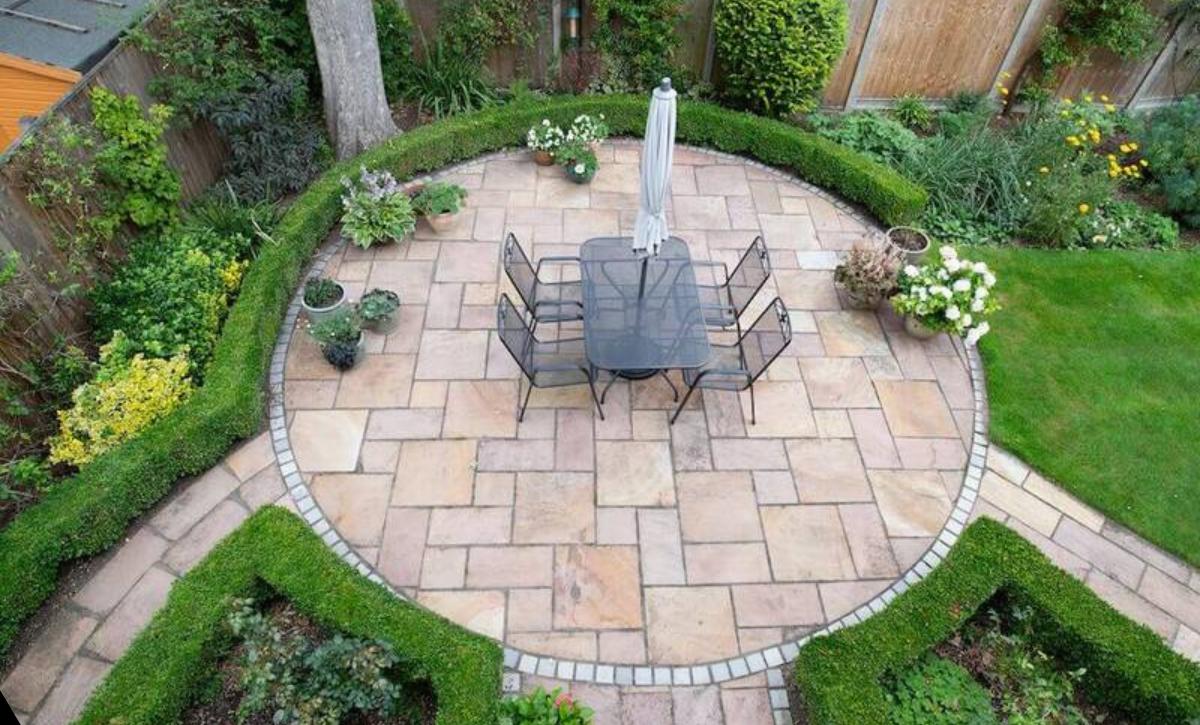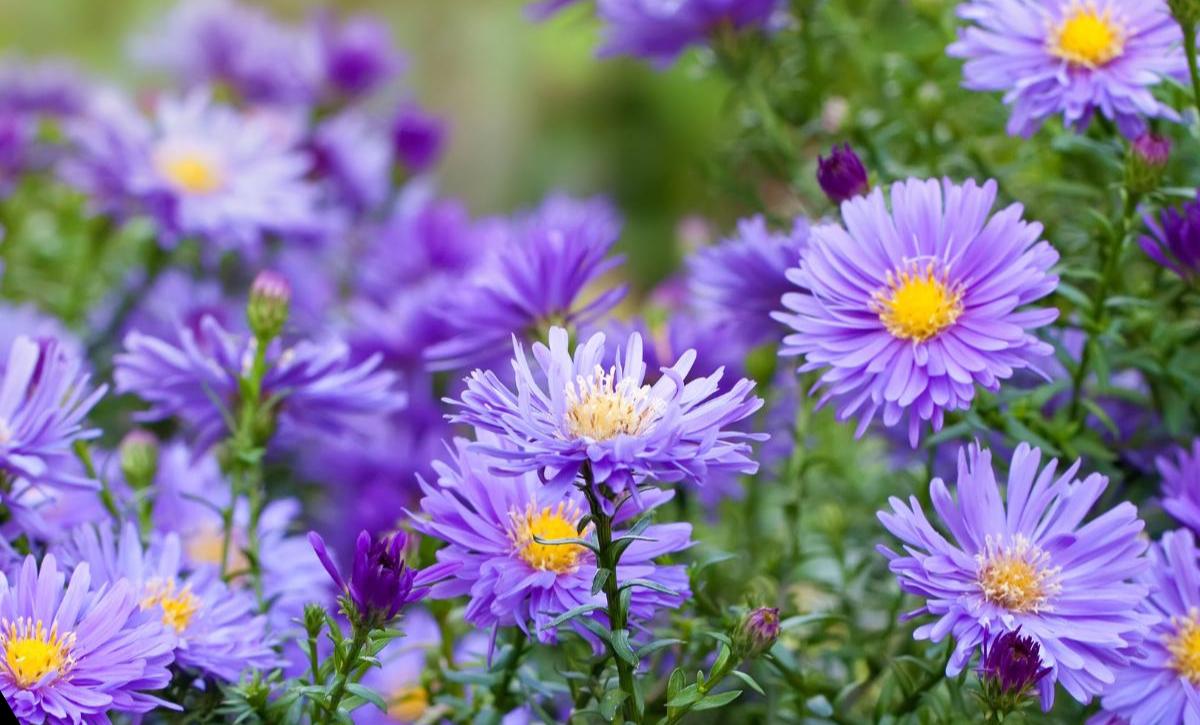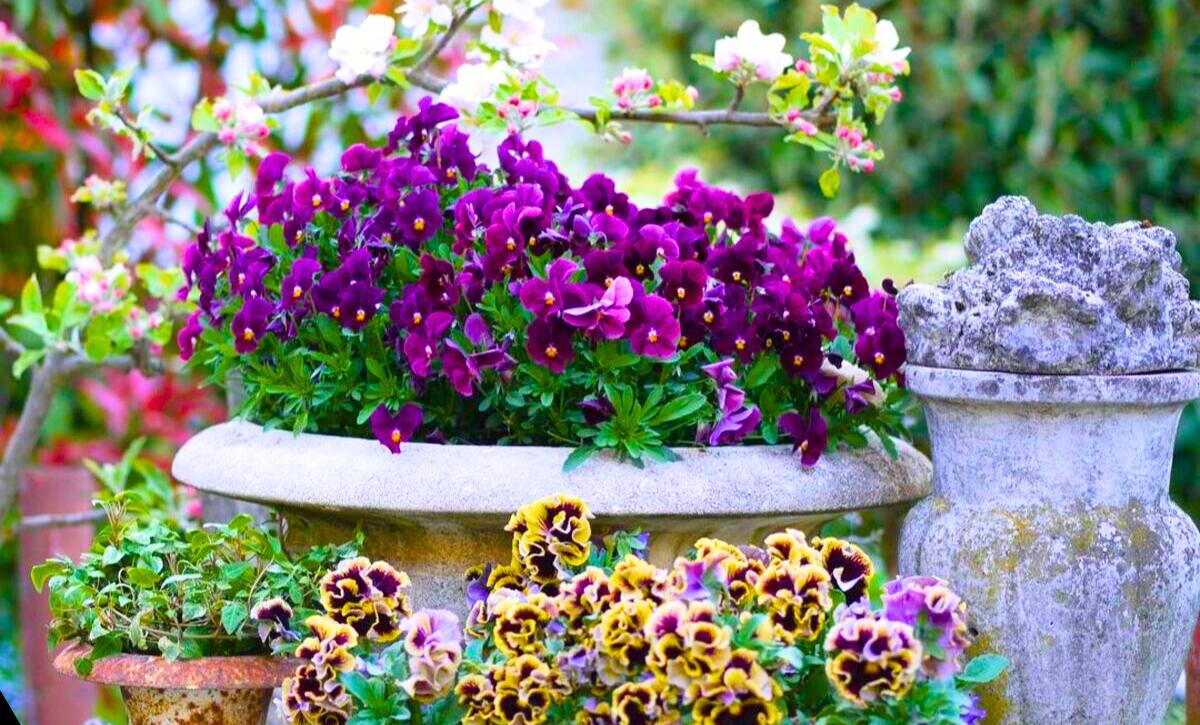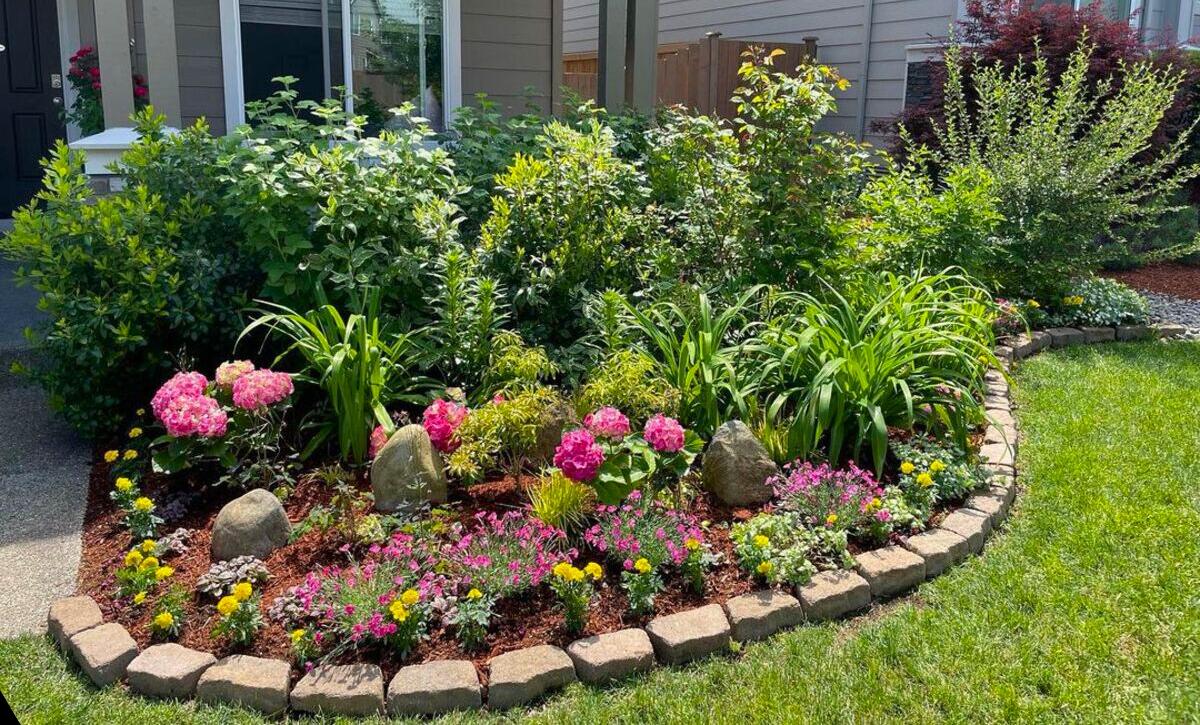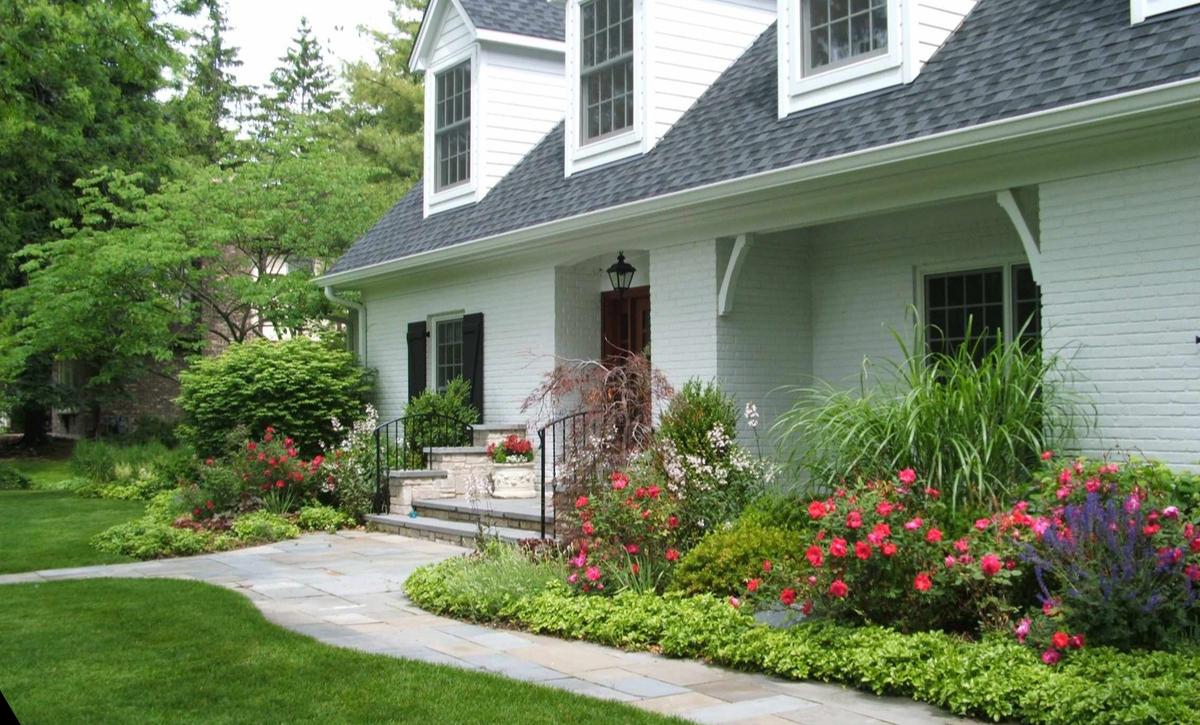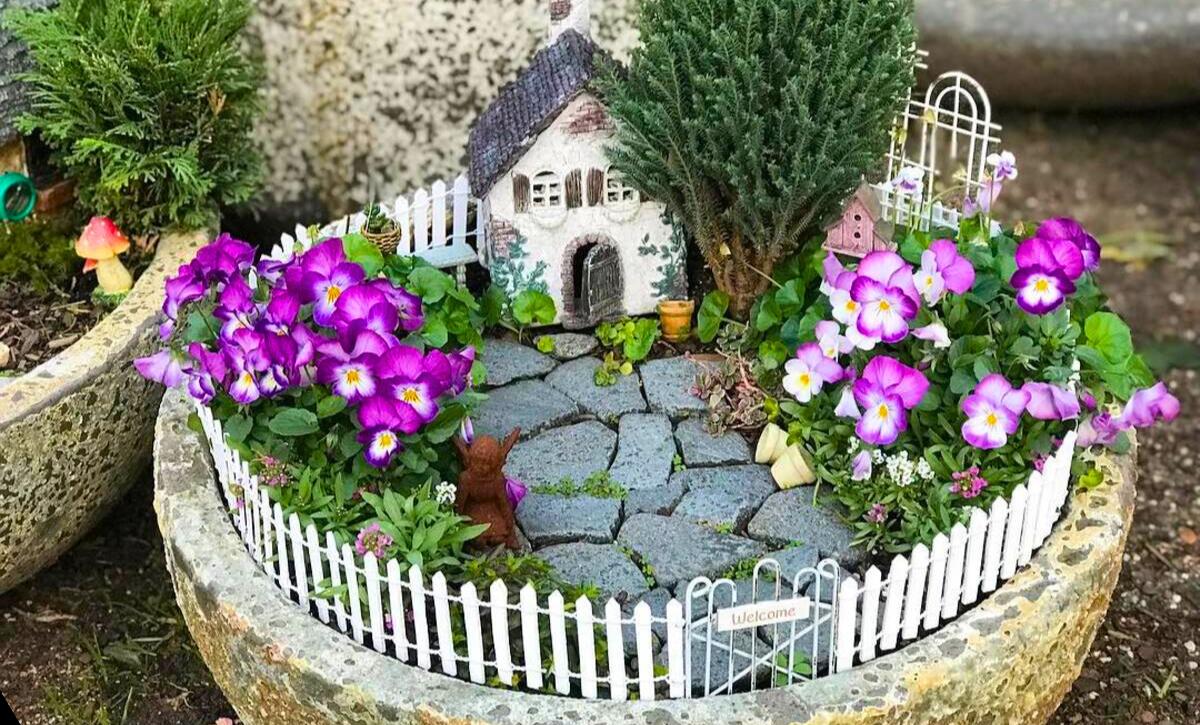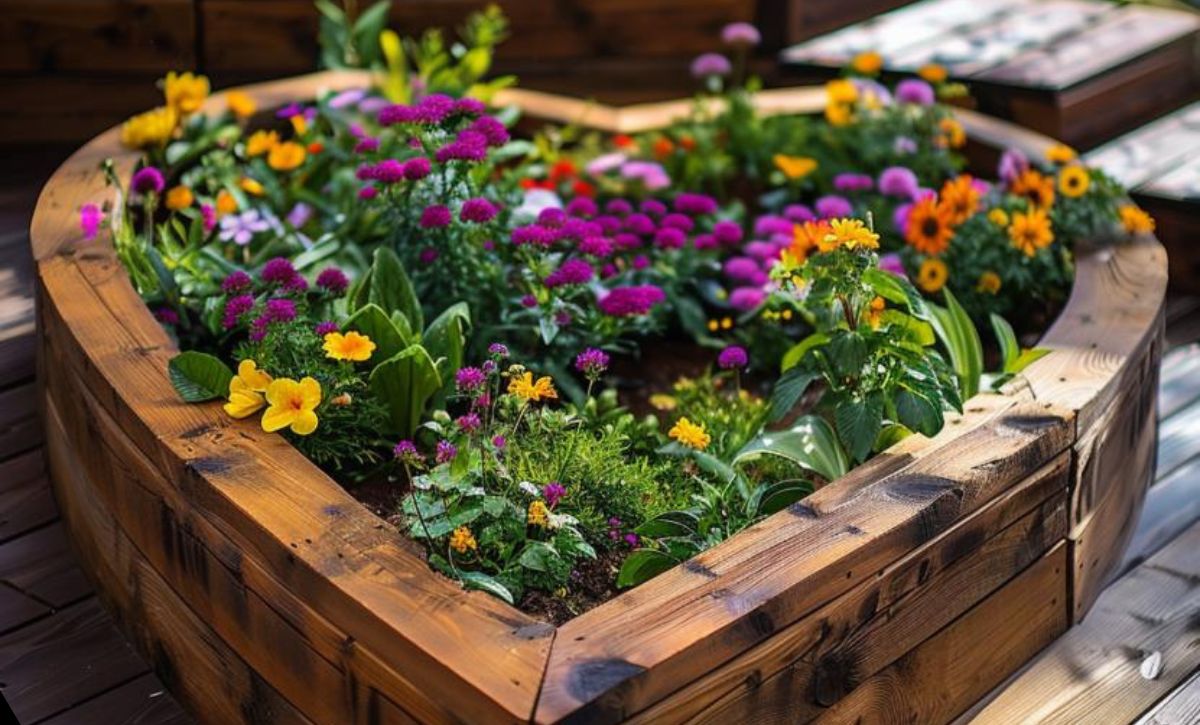Laws exist in some American and Canadian communities prohibiting vegetable gardens in front yards. Frustration about these rules has led to what some newspapers call garden wars.
But mixing vegetables and flowers in a decorative way throughout the home landscape is a tradition centuries old in France.
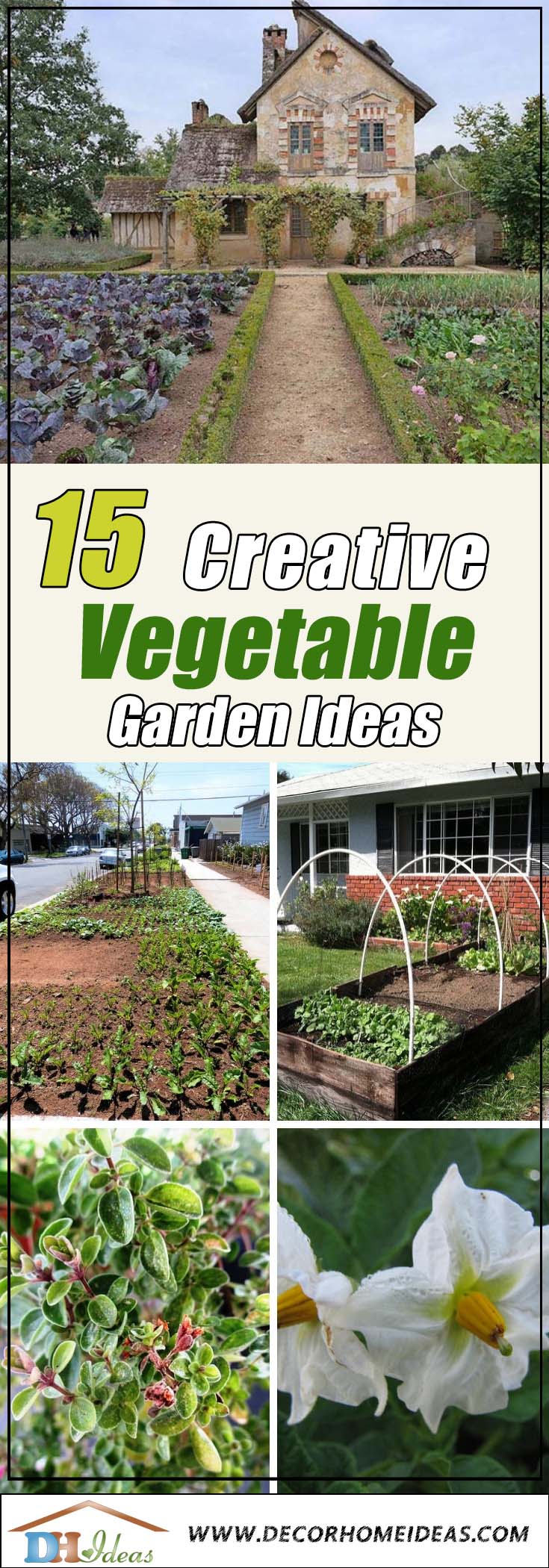
You could call these gardens feasts in disguise. The French call them potagers. The gardens contain herbs and vegetables that can be used in healthy soups (potages).
Kitchen Garden Rebellion
In colonial times, many New World gardeners grew what they called “kitchen gardens.” Like the French, they selected locations with plentiful space and sunlight. Front yards often were the best locations.
Many American cities are beginning to relax rules about what you can grow in front yards. But some gardeners who live where front yard gardens are against the law are rebelling.
The rebellion includes gardeners who plant edible landscaping on untended land that does not belong to them. They call themselves guerrilla gardeners.
Rules to Remember
The first rule of front yard edible landscaping is to check local laws before getting started. It is upsetting to be forced to rip out a garden on which you have spent lots of time and money.
Second, keep your garden attractive and tidy at all seasons. Don’t forget to water, weed and pick produce before it rots.
Third, it is a good idea to share your produce. This helps neighbors to feel positive about edible landscaping.
Finally, think about the following 15 ideas when planning your veggie garden. They include examples of six edible landscapes and nine vegetables to plant.
1. European Roots: Medieval Heritage
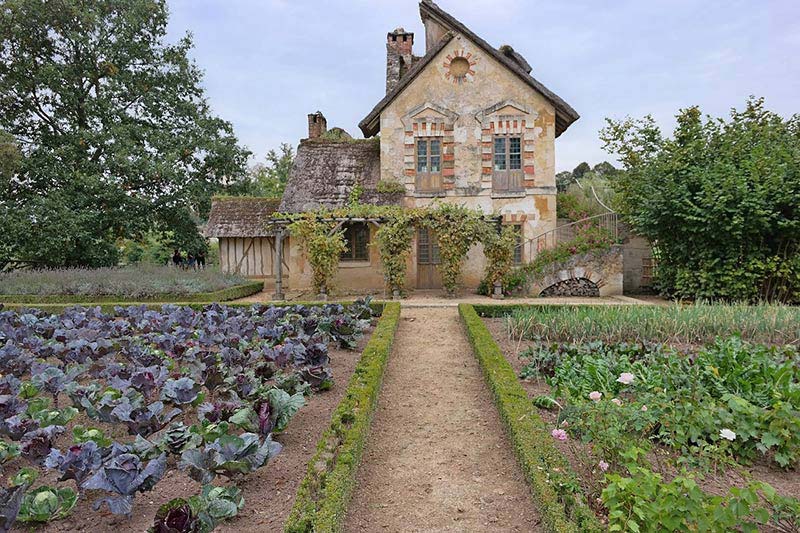
Photo: Credit
Monks developed the first potagers to beautify monasteries and feed everyone there during the Middle Ages. They also used the herbs they grew as medicine. Both the wealthy and peasants copied the formal, geometric style of beds of these gardens divided by paths.
What we love: Who can say no to the vivid expanse of purple cabbages or the grape arbors framing the front door?
Our suggestion: Follow the potager tradition more closely. Divide the garden beds into smaller shapes.
2. Colorful Kale
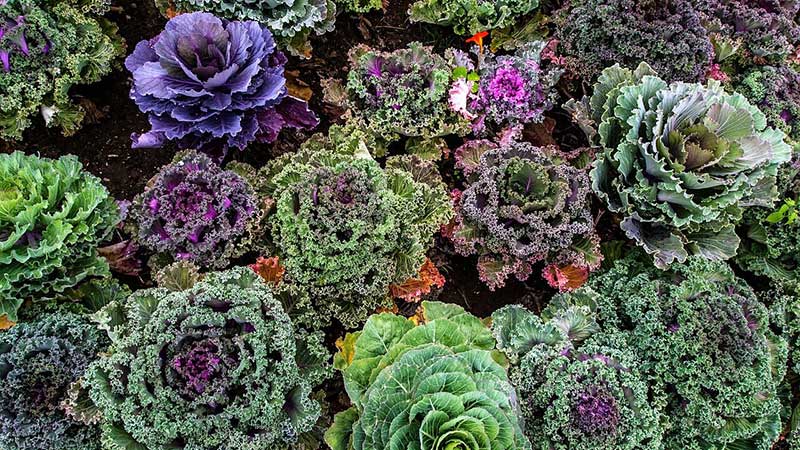
Photo: Credit
Gardeners have grown kale for more than 2000 years. It is a relative of cabbage, which became more popular during the Middle Ages. Nowadays, juice bars have made it a healthy favorite for green smoothies.
What we love: The frilly rosette shapes and varied colors of leafy kales are great for borders.
Our suggestion: Interplant it with the bright oranges, reds and greens of nasturtiums. Their flowers are edible.
3. Old Is New: Pioneer Kitchen Garden
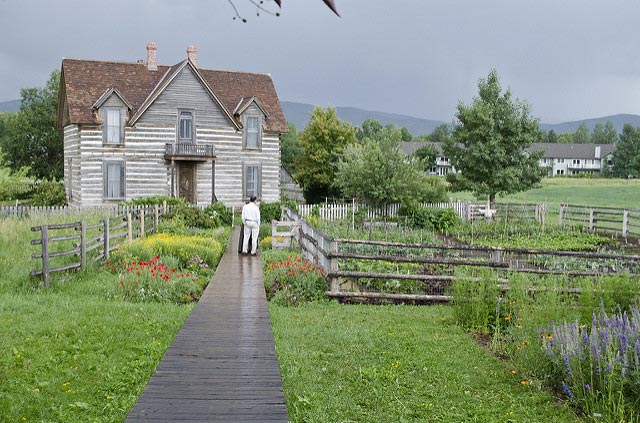
Photo: Credit
William and Lucy Tinsley in 1889 built this farmhouse in Bozeman, Montana. Now it is the Tinsley Living Farm and is part of the Museum of the Rockies. The kitchen garden likely would have included Montana heirloom plants like European potatoes. Today many urban homesteaders grow kitchen gardens.
What we love: The banks of flowers lining the rustic fence.
Our suggestion: Add climbing beans on teepee structures for vertical interest.
4. European Potato
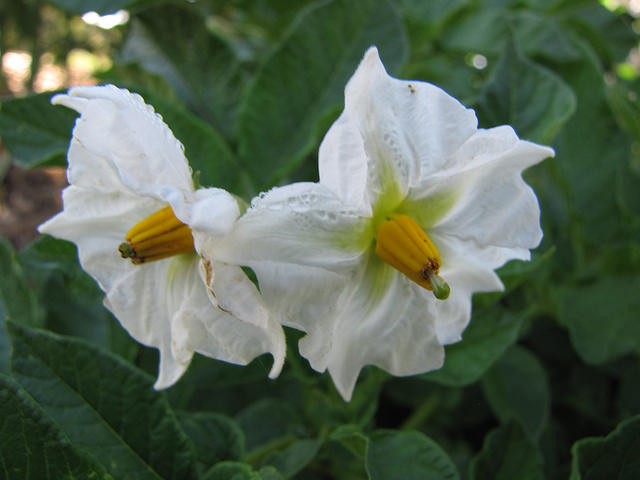
Photo: Credit
The scientific name of the common European potato is Solanum tuberosum. it may have come from the Andes Mountains of South America. Lush, deep green foliage make it surprisingly attractive. Plant potatoes as part of a border or in mass as a groundcover.
What we love: Flower colors include blue, white, pink or purple.
Our suggestion: Marigolds are good companion plants for potatoes.
5. Magnificent Rhubarb
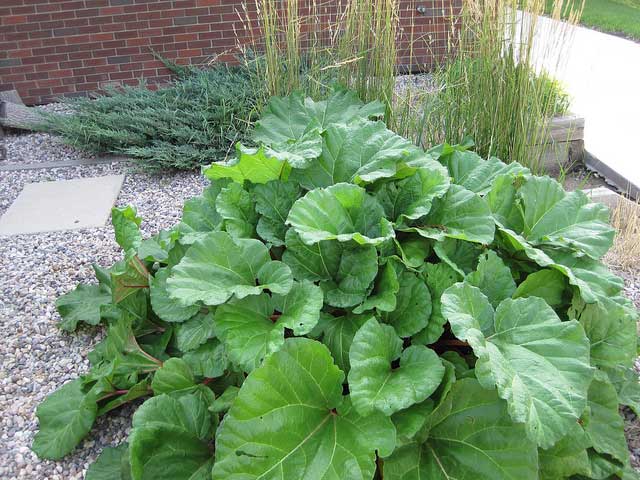
Photo: Credit
Rhubarb is from China but is an heirloom plant in European and American pioneer gardens. Its fan-shaped leaves are so large they look tropical. For good viewing, don’t crowd it. Grow it behind shorter plants in a border or as a single plant.
What we love: The type with bright red stalks is the prettiest when growing and in pies.
Our suggestion: Remember not to eat or compost the leaves. They are toxic.
6. Tidy Contemporary: Raised Beds
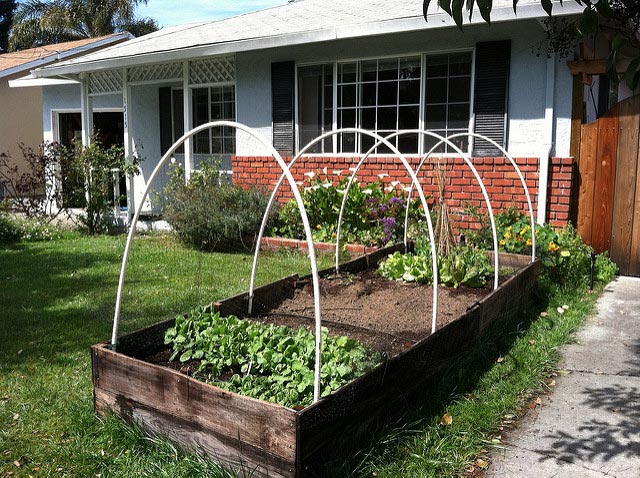
Photo: Credit
Raised beds add attractive form and control to gardens. Their tidiness is something neighbors can appreciate. This raised bed has hoops over which you place plastic to create a warming tunnel during cold weather.
What we love: You may have plenty of salad greens to share in late autumn.
Our suggestion: We would add more raised beds.
7. Leeks and Lettuce
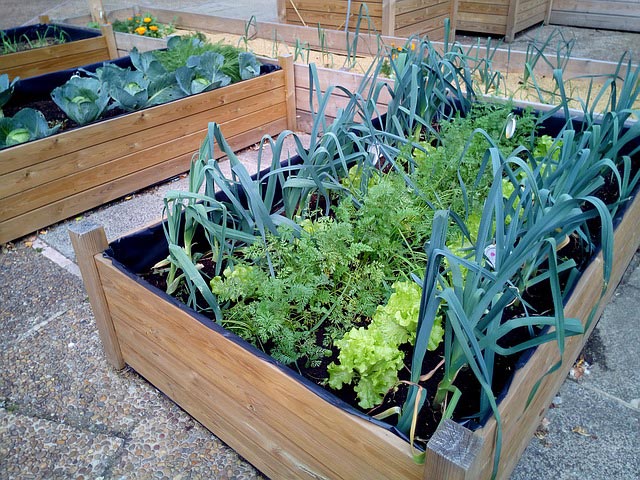
Photo: Credit
Leeks offer an appealing combination of upright stalks and slouching leaves. The shape contrasts well with the ruffled, rounded forms of the lettuce here.
What we love: The blue-green coordinates with the color of the cabbages in the other bed.
Our suggestion: Red-veined Swiss chard would be a pretty back of row plant for leeks.
8. Hell Strips: Crops by the Curb
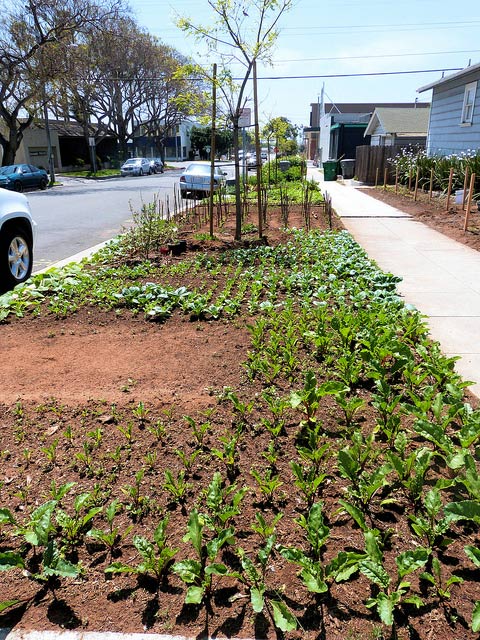
Photo: Credit
The space between sidewalk and curb is often raggedy and difficult to water. So gardeners call these areas “hell strips.” But this one has a lavish crop of beets underway. Plants that tolerate heat and drought grow well in hell strips. Basil and chives are examples.
What we love: This garden is well tended.
Our suggestion: Add pathways so people can cross the garden without stepping on plants.
9. Lush Compact Basil
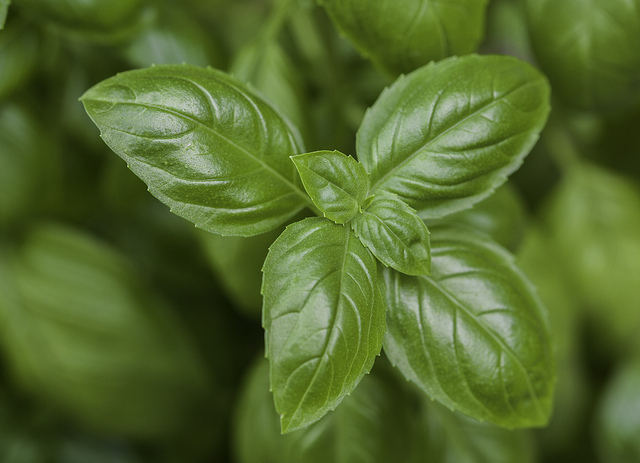
Photo: Credits
An important thing to remember about basil and many herbs is that they like to dry out between waterings. Another important thing to remember is that it smells so good that people walking down the street may nip a bit of it. Forgive them!
What we love: We enjoy the glossy green of this basil but also like the purple kinds.
Our suggestion: Consider growing it with mixed lettuce borders in partial shade.
10. Cheerful Chives
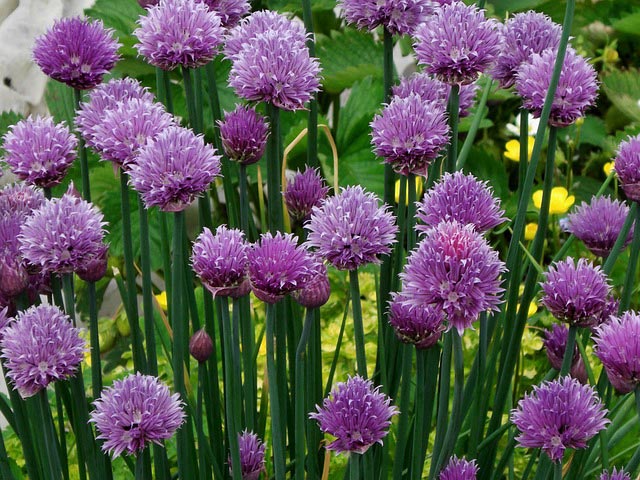
Photo: Credit
Chives are members of the onion family called Allium. Their tiny bulbs are good at surviving freezing weather to emerge in spring. An edge planting of chives becomes thick in a few years. Their grass-like blades are topped with tiny globes of lavender-colored flowers that are edible. Chives are cheerful looking and helpful. They discourage pests that attack other plants.
What we love: The color combination of green and lavender is refreshing.
Our suggestion: Red and lavender is a dramatic combination. Plant chives near dwarf cherry tomatoes.
11. Guerrilla Gardeners: Fighting Neglect
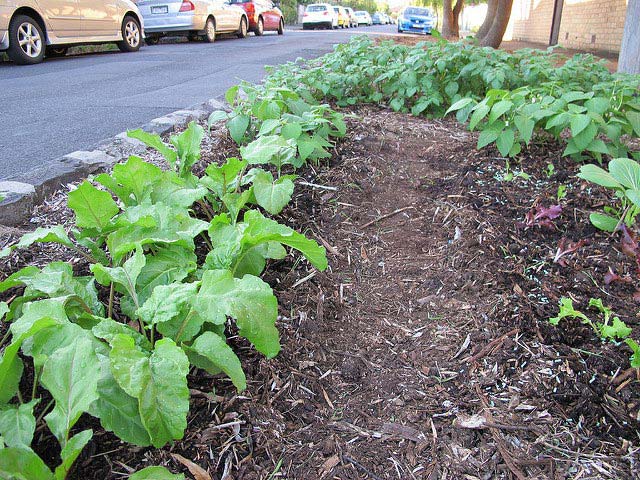
Photo: Credit
Catherine Howard writes about gardening for The Guardian. She notes that guerrilla gardeners have been planting neglected urban spaces since 1970. Howard says they replace raggedy turf with edibles and a rainbow of plants. The gardeners who planted this space are improving the world with veggies including spinach.
What we love: The soil looks rich and loamy like the guerrillas have improved it a lot.
Our suggestion: Feed the bees and other pollinators with flowering herbs like borage. It has star-like blue blossoms.
12. Dramatic Red-Veined Beets
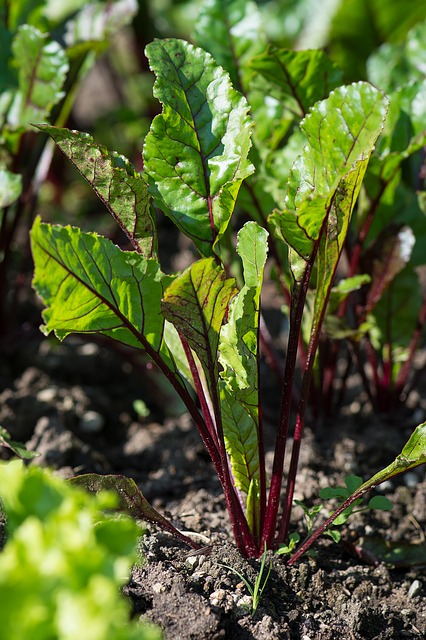
Photo: Credit
The ruby red of beet roots is lovely in a salad. But beets also have pretty foliage and are among the first vegetables of spring. Many types have red stems and rumpled, red-veined leaves. Plus, cooked beet greens are healthy and tasty.
What we love: They look dramatic.
Our suggestion: Mass beets or plant them as a long border.
13. Edible Estates: Feast of Color

Photo: Credit
Imagine living in a large house with a large lawn. Image a large desire to replant part the grass with vegetables and flowers of many kinds. The result might be like this feast of color disguising a feast of edibles. It is a picture from Fritz Haeg’s book Edible Estates: Attack on the Front Lawn.
What we love: This kitchen garden looks like a riotous cottage garden.
Our suggestion: Add a crabapple tree for spring bloom and jelly making.
14. Aromatic Sweet Marjoram
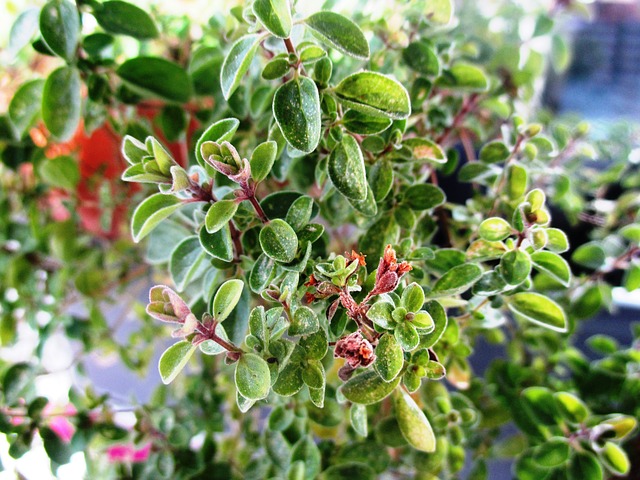
Photo: Credit
Sweet marjoram mixes rosy stems and apple-green foliage. It grows 12 to 36 inches tall depending on the type you plant. This aromatic herb belongs in drier parts of the garden. It is perfect for paths where you can catch its delicious smell as you brush past it on a warm summer day.
What we love: It attracts bees and butterflies.
Our suggestion: Share sprigs with neighbors who may enjoy using this herb in meat dishes.
15. Lacy Looking Dill
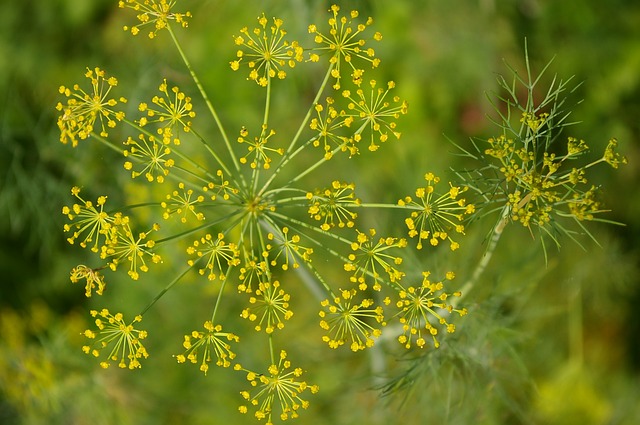
Photo: Credit
Dill’s flower spikes are so airy that the herb seems lacy from a distance. Close up its bright green-to-yellow seed heads look like bursts of fireworks. Dill is well known for its flavor in pickling. But it is also a savory delight in egg and pasta dishes.
What we love: Bees and butterflies enjoy it.
Our suggestion: Don’t plant it near carrots due to cross-pollination.
Design Considerations
Your garden’s appearance and the food it will produce are important considerations. But you also need to think about how much water it will consume.
It takes lots of moisture to produce vegetables even if you water with care. Herbs are less thirsty. Botanists say that an edible landscape absorbs about as much water as a lawn consumes. Yet it provides a feast for people and pollinators.
But before ripping out the entire lawn, think about the trees in your front yard. Grass helps conserve moisture for tree roots. You will need to deep water trees extra if you remove the ground cover under their canopy. Don’t accidentally throw out the trees with the lawn.

